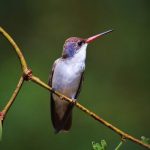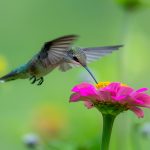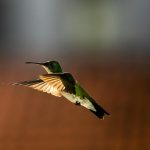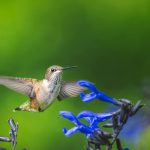Hummingbirds are fascinating creatures known for their small size, vibrant colors, and impressive flying abilities. One common question that arises is whether hummingbirds return to the same nest year after year. Let’s delve into this topic and explore the behavior of hummingbirds regarding their nests:
1. Nesting Habits
Hummingbirds are known for their intricate and carefully constructed nests. Here are some important points about their nesting habits:
- Nest Construction: Female hummingbirds are responsible for building nests using various materials such as plant fibers, moss, lichens, and spider silk. These nests are typically small and cup-shaped, providing a secure place for eggs and raising their young.
- Nest Location: Hummingbird nests are commonly built in trees, shrubs, or other vegetation. They are strategically placed to provide camouflage and protection from predators.
- Mating Season: Hummingbirds typically build nests during the breeding season. The timing of this season varies depending on the species and geographic location.
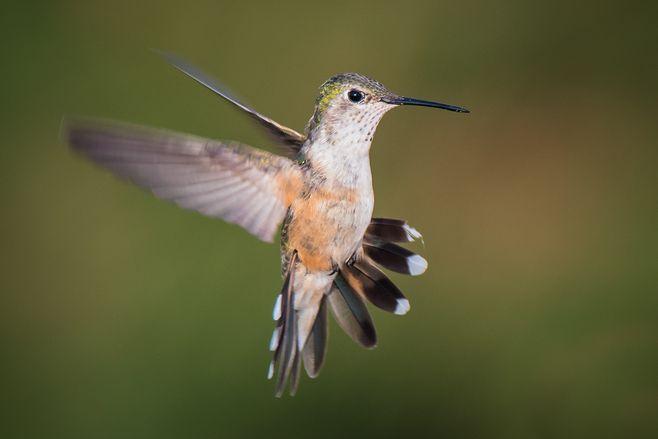
2. Nest Reuse
While hummingbirds invest time and effort into building nests, they do not typically reuse the same nest year after year. Here’s why:
- Nest Deterioration: Over time, hummingbird nests can deteriorate due to exposure to the elements and natural wear and tear. The structural integrity of the nests may be compromised, making them unsuitable for reuse.
- Hygiene and Parasites: Nests can accumulate debris, feces, and parasites over the course of a breeding season. Reusing a nest could expose the young hummingbirds to potential health risks.
- Nest Expansion: As hummingbird chicks grow, they outgrow the small nest space. Reusing a nest may not provide enough room for the growing birds and could hinder their development.
- Multiple Broods: Hummingbirds often raise multiple broods in a single breeding season. After each brood, the female may choose to build a new nest to provide a fresh and clean environment for the next set of eggs and chicks.
3. Nest Site Selection
Although hummingbirds do not typically reuse the same nest, they may exhibit site fidelity when selecting a nesting location. Here are some important factors to consider:
- Preferred Habitat: Hummingbirds tend to choose nesting sites in areas that provide suitable food sources, protection, and favorable microclimates. They may return to the same general area year after year.
- Vegetation and Cover: Hummingbirds prefer nesting in dense vegetation that provides cover and camouflage for their nests. They may select similar types of plants or trees in subsequent breeding seasons.
- Previous Success: If a nesting site has proven successful in the past, hummingbirds may be more likely to return to a similar area or habitat in subsequent years.
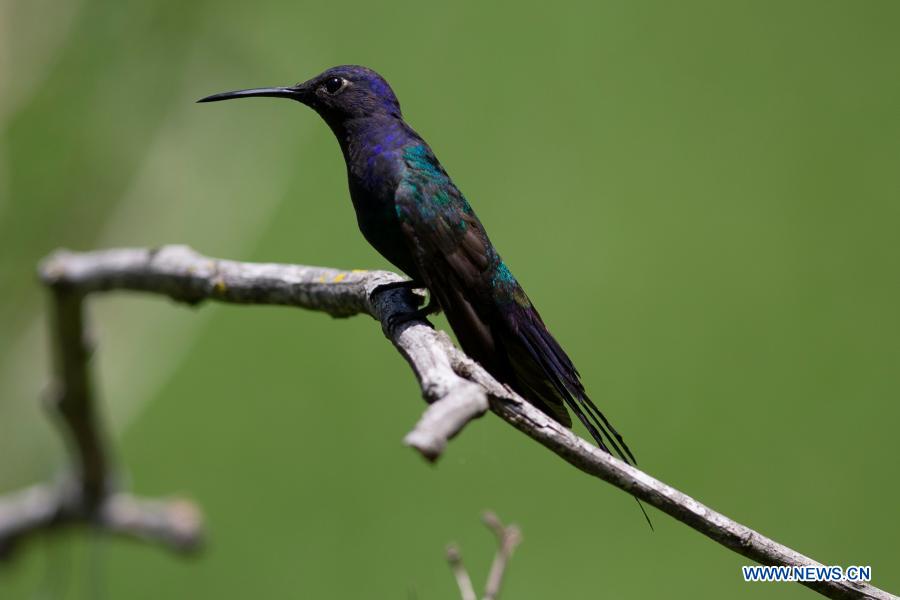
4. Individual Variations
While general patterns exist, it’s important to note that individual hummingbirds may exhibit variations in their nesting behavior. Here are a few examples:
- Ruby-throated Hummingbird: Female Ruby-throated Hummingbirds rarely reuse nests but may build new ones close to previous nest locations.
- Allen’s Hummingbird: Allen’s Hummingbirds have been observed reusing nests on occasion, especially if the nest is well-preserved and in a suitable condition.
- Other Species: Different hummingbird species may exhibit unique nesting behaviors and preferences. Some species may be more likely to reuse nests, while others are less inclined to do so.
Conclusion
While hummingbirds invest time and effort into building intricate nests, they typically do not reuse the same nest year after year. Nest deterioration, hygiene concerns, and the need for adequate space for growing chicks are some reasons for this behavior. However, hummingbirds may exhibit site fidelity when selecting nesting locations, returning to the same general area or habitat year after year. Individual variationsin behavior exist, with some hummingbird species occasionally reusing nests. Studying the nesting habits of hummingbirds allows us to appreciate their adaptability and the importance of providing suitable nesting habitats for these remarkable birds.

